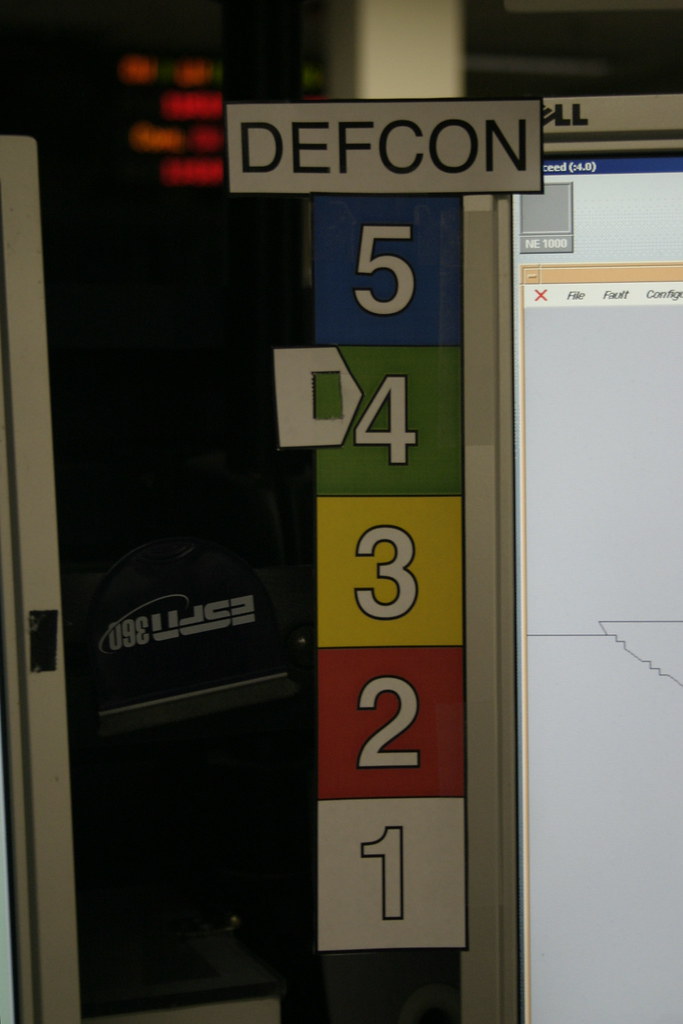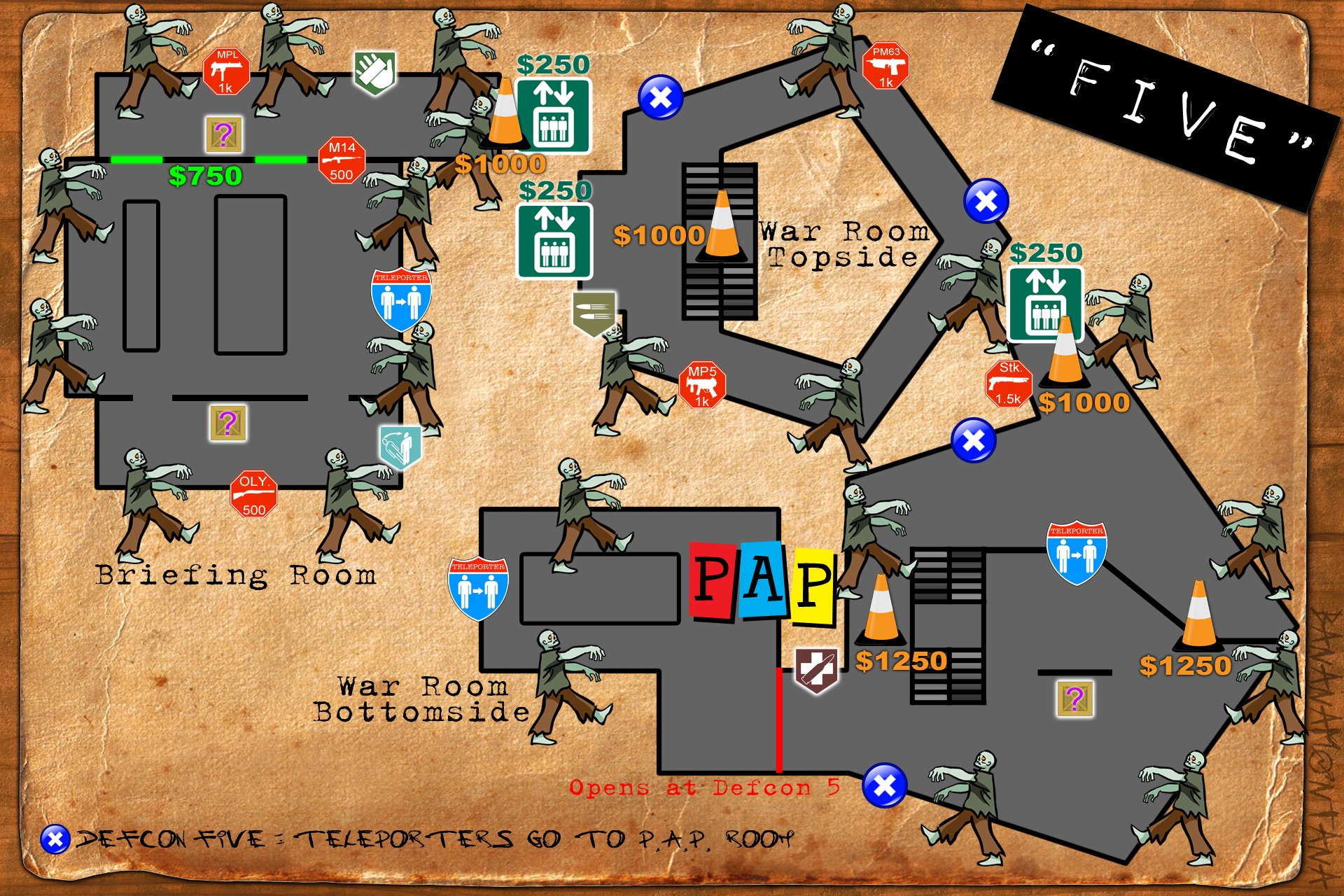
The Strategic Air Command went to DEFCON 2 during the Cuban crisis, which was probably as close as the United States has ever come to tipping into a nuclear war since late 1956 (when a revolt in Hungary against the Soviets coincided with an international crisis along the Suez Canal). No worldwide DEFCON alerts have jumped beyond level 3. Side effects of the DEFCON 3 order that day included “continuity of government” routines that restricted the mobility of the president and vice president, slammed shut the blast doors at the NORAD Cheyenne Mountain Complex, and put bomber and missile bases on a short-notice alert. Blair is the author of The Logic of Accidental Nuclear War and a former Minuteman launch officer. In the last case, the military knew that a worldwide hike to DEFCON 3 was not well suited as a response to terrorists using hijacked airliners, but according to Bruce Blair of Princeton University, in the first uncertain hours, authorities seized on it as the quickest way to secure the perimeters of U.S. alert aimed at discouraging direct Soviet participation in the Arab-Israeli war in the Mideast (October 1973) and a hasty move to raise security around military bases after the terror attacks of September 11, 2001. Only four world-class DEFCON hikes are known: a very brief one caused by a Soviet-American diplomatic breakdown during talks in Paris (May 1960) the Cuban Missile Crisis (October to November 1962) a U.S. At least a dozen alerts have been called for limited geographic areas since 1959, some of them imposed by commanders for individual units. Real DEFCON alerts, as opposed to the ones in movies, don’t have to directly involve U.S.
HIGHEST DEFCON LEVEL IN HISTORY HOW TO
What about their families? Kennedy press secretary Pierre Salinger received an envelope on October 27, 1962, the height of the crisis: If his wife discovered that Salinger had gone into hiding, she was to rip it open for instructions on how to slip out of the city and join up later. High officials got pink cards authorizing helicopter seats, specifying time and location. (That would have happened immediately under DEFCON 2, to be triggered if the United States moved to invade Cuba to disable the Soviet missiles there.) Preparations to flee started under DEFCON 3. White House staff on duty during the Cuban Missile Crisis later recounted plans to evacuate them from Washington by helicopter. But as the levels get more urgent-certainly by DEFCON 2 and 1-Americans would notice unusual activity on the streets. The General Dynamics F-111 participated in the worldwide 1973 DEFCON alert, as well as the limited 1976 incident in Korea.ĭEFCON levels are primarily for the military. The idea of a graded scale indicating combat readiness goes back at least to World War I, but it wasn’t until 1959, following communication mixups during a joint military air-defense exercise called Top Hand, that the United States and Canada agreed to five “defense conditions,” or DEFCONs.

Hiking the DEFCON level activates a stack of scripted plans intended for quick execution, and is comparable to “Battle stations!” on a warship facing combat. DEFCON 5 is peacetime, while DEFCON 1 is imminent war. What’s “high”? Screenwriters often get the scale wrong, so begin with this fact: the lower the number, the higher the worry.


A high DEFCON level is now techno-slang for a situation so pressing that it needs prompt, extreme action. Going to the international hackers convention? That’s a DEF CON.

HIGHEST DEFCON LEVEL IN HISTORY TV
The term shows up in TV shows and movies, video games, cartoons, songs, and even hot-sauce labels. It’s embarrassing, perhaps, but not that surprising-this concept from the depths of the cold war still has so much popular fascination it has blurred under constant use. According to Robert Ruby, a newspaper reporter embedded on the ship, one officer grabbed a spy novel to find out what the alert meant. The battleship, Bill told them over the loudspeaker, was now at DEFCON 2. For most sailors on board the USS Wisconsin in January 1991, the first they heard of Operation Desert Storm was an announcement from the commanding officer, Captain David Bill.


 0 kommentar(er)
0 kommentar(er)
